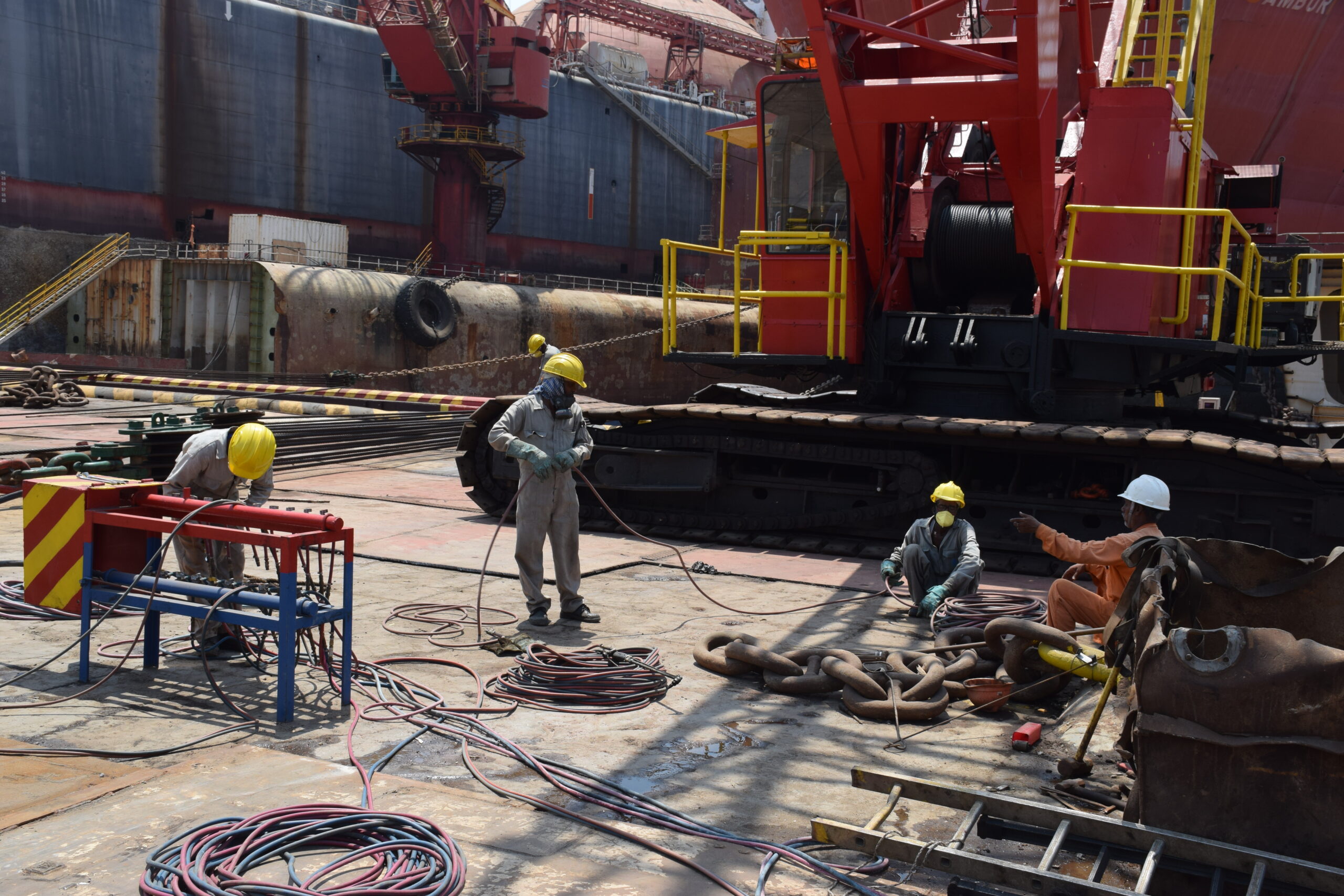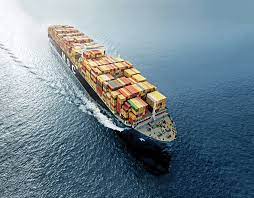U.S. Tariffs on Chinese Steel Shake Global Ship Recycling Markets
The United States’ recent imposition of 25% tariffs on Chinese steel and aluminum products has already sent shockwaves through the global ship recycling market. Cash buyer GMS has warned that the destabilizing effects of these measures are becoming increasingly evident, raising concerns about the future of ship-breaking yards across the world.

GMS has highlighted the uncertainty surrounding the destination of the excess, lower-cost steel that is now flooding the global market. The influx of cheaper Chinese steel threatens to drive down ship recycling prices, potentially devastating an industry already facing significant headwinds.
Economic Volatility and Currency Turbulence
The new tariffs are just one element of the broader economic volatility plaguing the market. Compounding the situation, ongoing trade tensions and the unanticipated repercussions of tariff wars initiated under President Trump’s administration have thrown global economies into disarray.
These economic fluctuations have led to instability in currency markets, with the U.S. dollar experiencing significant depreciation against key ship recycling destinations. The exception to this trend has been Turkey, where the dollar saw an additional drop of nearly 0.5% this week, setting an all-time low.
A weaker U.S. dollar generally benefits exporters, but in the case of ship recycling, the declining value of the dollar against major recycling hubs—except Turkey—adds further complications to an already strained market. The industry remains in a precarious position as it grapples with unpredictable currency movements, weakening demand, and volatile steel prices.
Steel Market Pressures Mount
Since the beginning of the year, downward pressure on steel prices has been unrelenting. The sector’s decline has been exacerbated by the ongoing underperformance of key economic fundamentals, which have steadily pushed prices downward. The industry had reached a high of USD 600 per ton in January 2024, but those levels have since crumbled.
One of the most significant factors impacting prices is the steady decline in steel plate values across major recycling nations. India, a key player in the global ship-breaking sector, has witnessed a steep drop of over $11 per ton in just two weeks, further depressing offers for recycled steel.
The situation is reminiscent of last year’s challenges when India and Pakistan faced an influx of low-cost Chinese steel imports. The uncontrolled supply of cheaper steel severely undercut local inventories, leading to a collapse in subcontinent steel markets. While both governments attempted to mitigate these issues through anti-dumping tariffs, uncertainty remains regarding the impact of the latest U.S.-China trade escalation on ship recycling.
The Ship Recycling Industry at a Crossroads
The first seven weeks of 2025 have presented a grimmer outlook than anticipated for the ship recycling industry. Despite an initially bullish start to the year—with multiple LNG carriers and at least ten Panamax bulkers from Chinese and Far Eastern markets being sold for recycling—the industry has seen values deteriorate by nearly $30 per lightweight ton (LDT).
As global economic conditions continue to shift, this decline appears likely to accelerate. The uncertainty surrounding trade policies and steel price fluctuations has introduced unprecedented risks, leaving recyclers wary about the months ahead. The potential for a landmark year in ship recycling is still on the table, but only if industry players can navigate these unpredictable conditions.
Hong Kong Convention Standards and Future Outlook
Amid the market turmoil, ship recycling yards in Bangladesh and Pakistan are undergoing significant upgrades to meet Hong Kong Convention standards. With the convention set to take effect after June 30, 2025, recyclers are racing to ensure compliance, which could introduce additional costs and challenges.
Pakistan, in particular, has struggled in 2025, ending the week with only a single ship delivery for the year. The country’s recycling sector has been sluggish, largely due to persistent economic headwinds and tightening regulatory requirements. Whether these challenges will ease as the year progresses remains uncertain, as broader geopolitical and trade factors continue to shape market dynamics.
The imposition of U.S. tariffs on Chinese steel has introduced a new layer of complexity to an already struggling ship recycling industry. The influx of lower-cost steel, combined with volatile currency movements and declining steel prices, has placed recyclers in a precarious position. As key players in the industry brace for further challenges, all eyes remain on how the global trade landscape will evolve in the coming months.
With significant regulatory changes on the horizon and an uncertain economic climate, ship recycling markets must navigate turbulent waters. Whether the industry will emerge stronger or continue its downward trajectory depends on how stakeholders adapt to these shifting dynamics in the face of mounting pressures.
Author: shipping inbox
shipping and maritime related web portal








